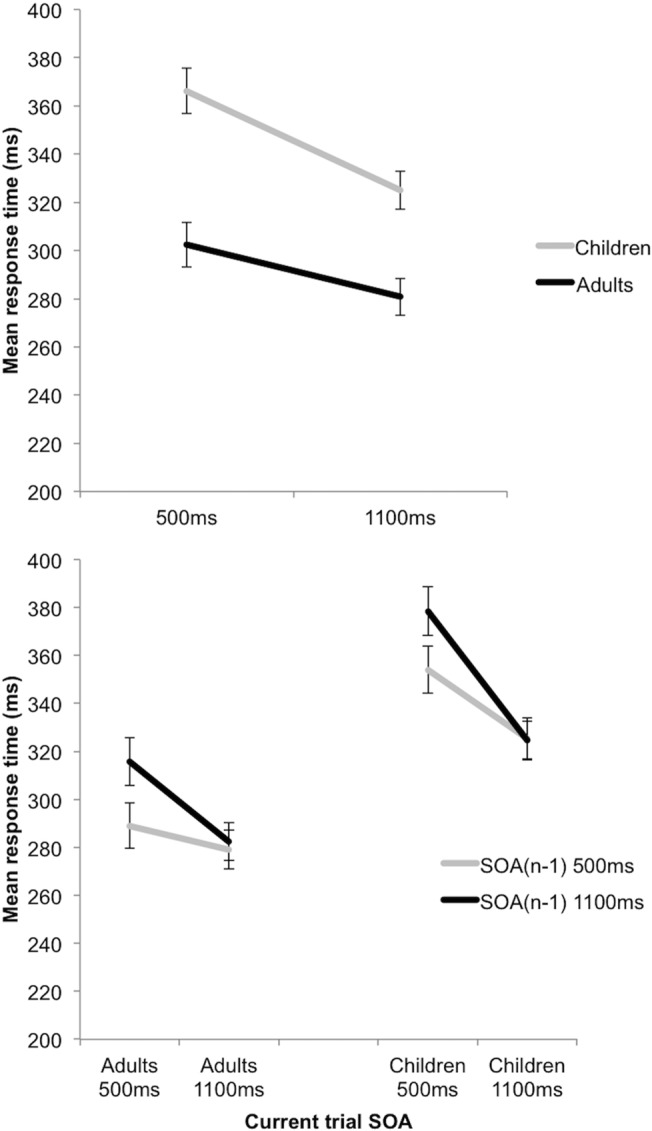Fig 3. Variable foreperiod and sequential effects.

Above: A significant interaction between Group and SOA(n) in Neutral trials. This indicates the presence of variable foreperiod (FP) effects in both groups, though with a greater effect demonstrated by the children. The variable FP effect reflects faster response times for events occurring after long, rather than short, delays (or “foreperiods”). Error bars reflect standard errors. Below: A significant SOA(n) x SOA(n-1) interaction in Neutral trials. This indicates the presence of sequential effects, in both groups equally. The sequential effect describes the phenomenon that RTs are faster for long FP trials than short FP trials only if the previous trial’s FP was long. The asymmetric nature of the sequential effects (the length of the previous (n-1) SOA influences RT only when the SOA of the current (n) trial is short) can be seen for both groups. Error bars reflect standard errors.
